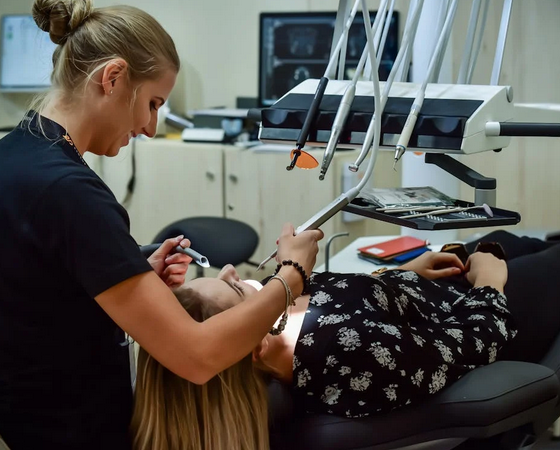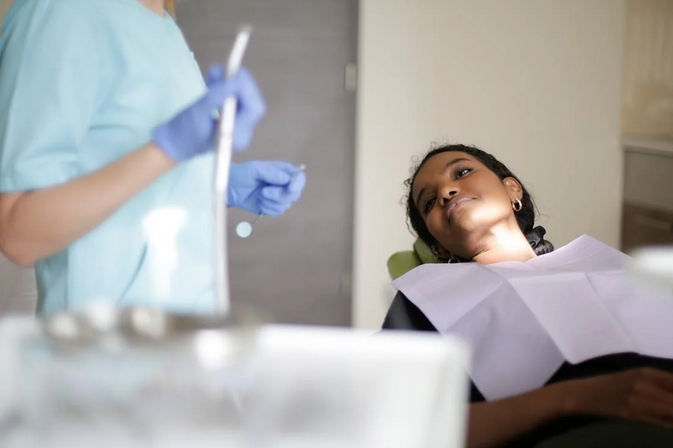Dental anxiety is a common hurdle for many people. The mere thought of sitting in the dentist’s chair can send shivers down spines, leading to avoidance of necessary care. Fortunately, sedation dentistry offers solutions that help patients feel relaxed and comfortable during their visits. Dentists generally use different types of sedation depending on the patient’s needs, which can vary from mild relaxation to complete unconsciousness. From the lighthearted effects of laughing gas to deeper levels of unconsciousness, there are various types of sedation tailored to different needs. Here’s a closer look at four popular methods and how they can transform your dental experience into something far less daunting.
Nitrous Oxide Sedation (Laughing Gas)

Nitrous oxide, commonly known as laughing gas, is a popular choice that is used by the dentist in Kensington. It’s often used for patients who experience mild anxiety before procedures. Delivered through a small mask placed over the nose, it creates a calming effect almost immediately. Patients typically feel relaxed and may even giggle, hence the nickname. One of the biggest benefits is how quickly it wears off. After treatment, you can return to your daily activities without lingering drowsiness or side effects. This makes it an excellent option for those with busy schedules.
Oral Sedation
Oral sedation is a popular choice for patients seeking anxiety relief during dental procedures. This method involves taking a sedative in pill form before your appointment. The effects kick in gradually, creating a relaxed state without the need for needles or IVs. Many patients find this option appealing due to its simplicity and effectiveness. Once you take the medication, it typically takes about 30 minutes to feel its calming effects. You might feel drowsy but can still respond to questions and follow instructions throughout the procedure.
Intravenous (IV) Sedation

Intravenous (IV) sedation is a popular choice for patients needing more profound relaxation during dental procedures. This method delivers sedative medication directly into the bloodstream, allowing for quick effects. Patients often feel calm and drowsy shortly after the administration. Many drift off to sleep, remaining unaware of what’s happening around them. Because it works so rapidly, dentists can adjust the dosage in real time if needed. Safety is paramount with IV sedation. A trained professional monitors vital signs throughout the process to ensure everything stays on track.
General Anesthesia
General anesthesia is a method that renders patients utterly unconscious during dental procedures. It allows for complex surgeries to be performed without the patient being aware or feeling anything. This type of sedation involves medications delivered through an IV or inhaled gases. The process ensures total comfort and relaxation, making it ideal for extensive treatments like wisdom tooth extractions or jaw surgery. Before undergoing general anesthesia, patients are thoroughly assessed to evaluate their medical history and suitability. Monitoring continues throughout the procedure to ensure safety and responsiveness. After treatment, recovery may take some time as the effects wear off.
Each type of sedation serves its purpose based on individual circumstances and treatment requirements. Discussing options with your dentist allows you to select the best fit for your comfort level and procedure needs. Embracing these advancements in dental care leads to improved experiences prioritizing health and well-being. We hope that you have found this blog post helpful.…

